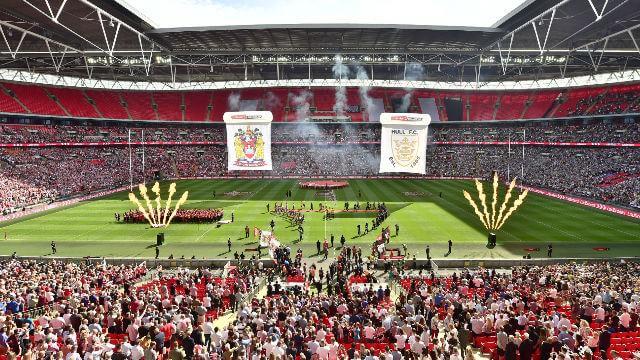
Major events across the planet—from the Olympics to the World Cup—provide area hoteliers unique opportunities to capitalize on increased demand and maximize revenue with huge potential rewards.
NB: This is an article from IDeaS
However, if not planned and executed well, hotels may risk displacing existing loyal guests, and flawed pricing strategies could lead to a half-empty hotel and high rates of no-shows.
To properly prepare for a major event such as the FIFA World Cup, hoteliers need to consider a variety of factors. Here are just a few tips.
Forecast & Price It Right
A hotel cannot properly prepare for a major event without an accurate forecast. Advanced revenue management software is your best bet for illustrating what will happen to occupancy levels and booking paces accumulated 365 days prior to arrival day across different segments and room types, and the impact this will have on revenue optimization.
Exploring hotel data from over 30 area properties across multiple segments in the 2012 London Olympics, we’ve observed that many achieved significant revenue per available room (RevPAR) growth during and after the event, while suffering from an occupancy drop prior to the event.
Hotels anticipating major events should expect similar pre-event occupancy drop-off, due to usual group and corporate business vacating the city in the lead-up, and adjust their pricing strategy accordingly.
Perhaps unsurprisingly, given that the Olympics are perceived to be expensive to visit, data from London showed premium hotels had higher RevPAR growth over the Olympic period compared to economy hotels. Overall, the demand for lower-starred hotels was not as strong as expected, meaning the ability to forecast likely business by segment and identify the most valuable customers is critically important to economy properties.
The pricing strategies in the lead-up to major events must be carefully managed by all hoteliers, and the focus should be placed on maximizing RevPAR in line with the forecast. While an expected increase in demand on significant event days will allow rates to be driven up accordingly, this will not be the case on less significant days.
- During busier days, a hotel can look to close out all lower-rated segments as well as sell room types as premiums, limit free upgrades and make the most of any upselling opportunities.
- Opportunities exist to leverage peak nights to drive length of stay and increase occupancy and revenue contributions for the softer shoulder days.
- On lower-demand days, restrictions should be relaxed so as not to discourage potential guests from booking.
Understand Booking Patterns
Our extensive research and analysis of the hotel market for London 2012 showed there was no clear business-mix strategy to guarantee success; however, most London hotels, especially hotels with large inventory, had a balanced transient versus group mix. Groups secured with decent average daily rate (ADR) at nine months before the event period built the base business at hotels, so hotels were confident in increasing rates for transient pickups and last-minute bookings.
In the lead-up to the 2012 Olympics, 270 days before the event period, group ADR dropped as tentative groups turned to definite or canceled. This was due to pre-event expectations being high, but then reality set in as group rates dropped. Reassuringly for premium properties, ADR and RevPAR of the sample hotels started to pick up again from 190 days before the event period as guests visiting for the Olympics began to book their stays.
Depending on the type of event, the participants may not be known until much closer to the event date so a hotel may not know the feeder markets until just before the actual event. To gain further insight into demand for guest rooms in the lead-up to major events, hoteliers should closely monitor leading indicators of inbound visitors, such as ticket inventory and ticket sales pace for events near their property.
Additionally, senior management within locally-based hotels should also create strong partnerships with the local organizing committee to monitor the incoming attendance for key events, which can act as an indicator of likely demand.




